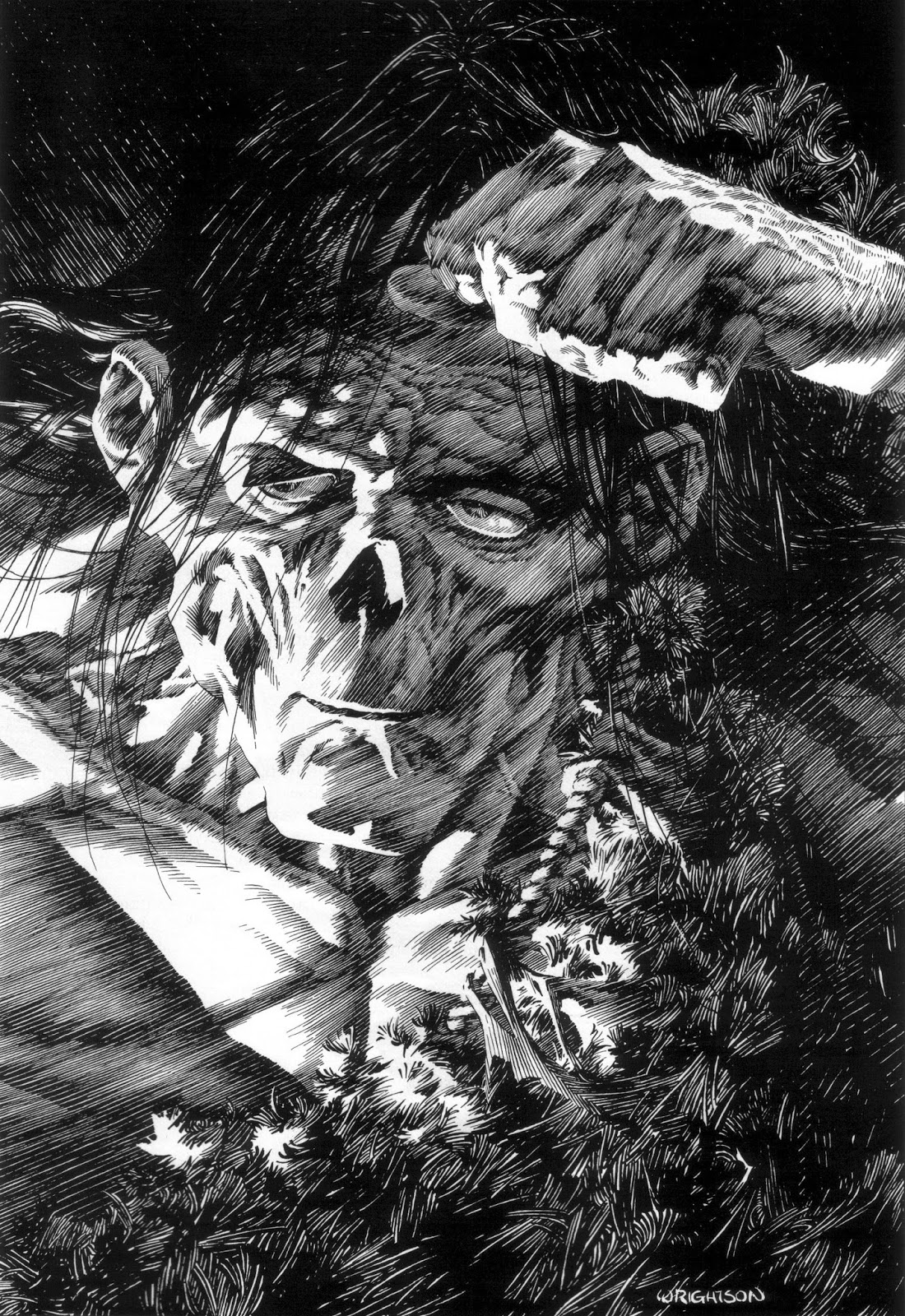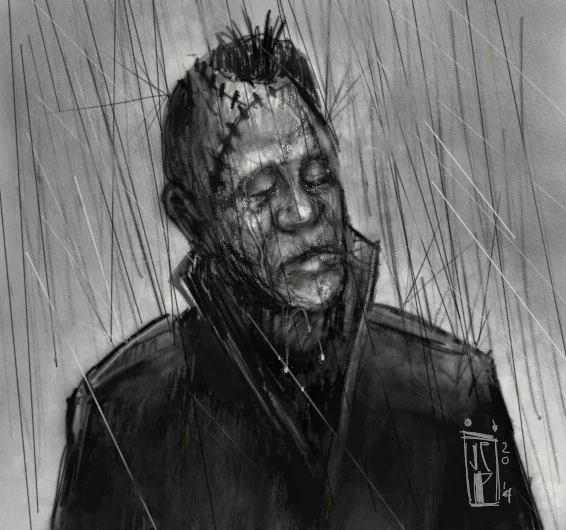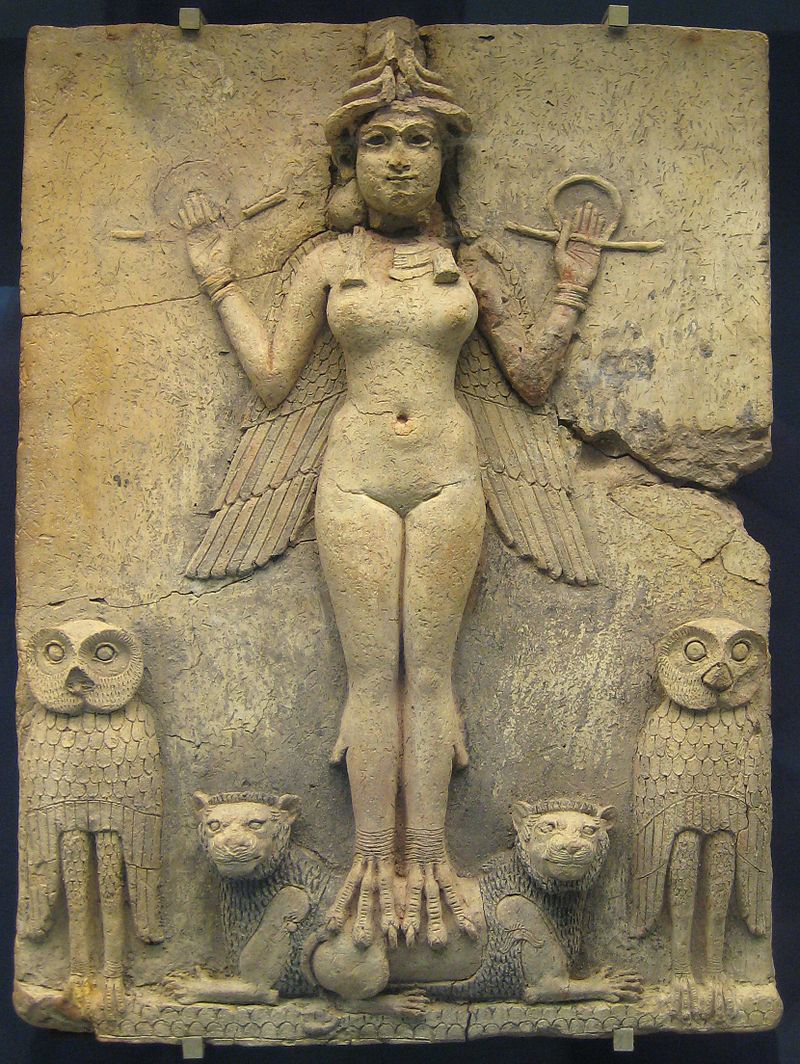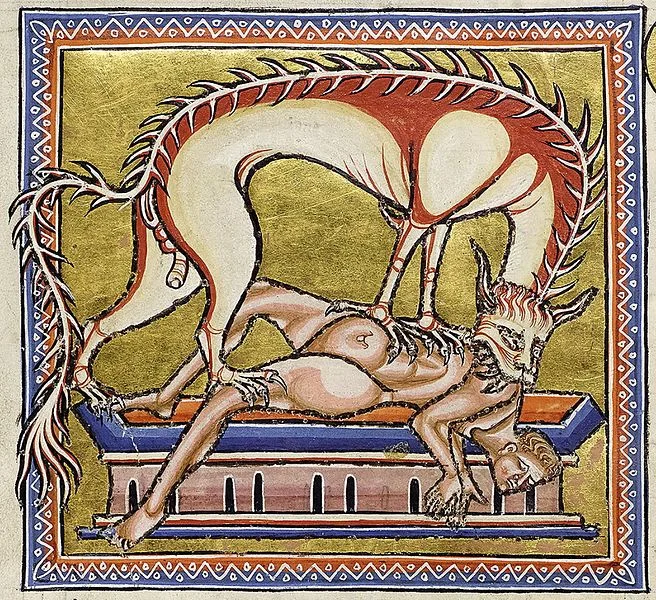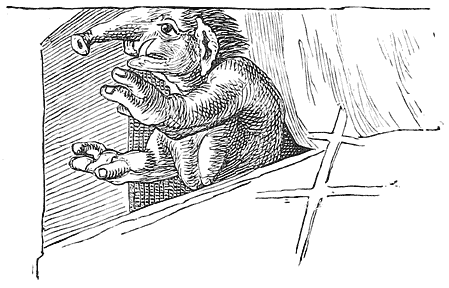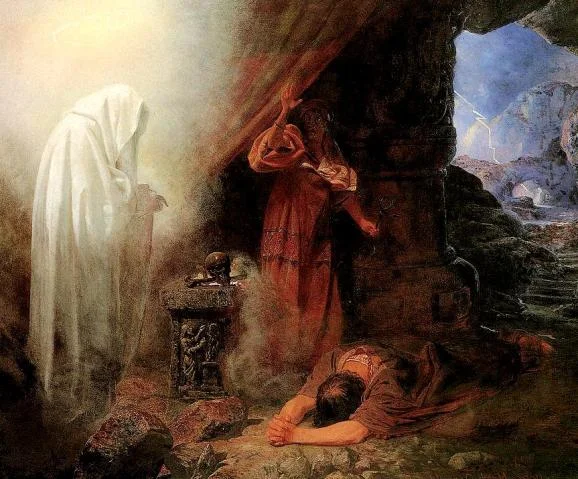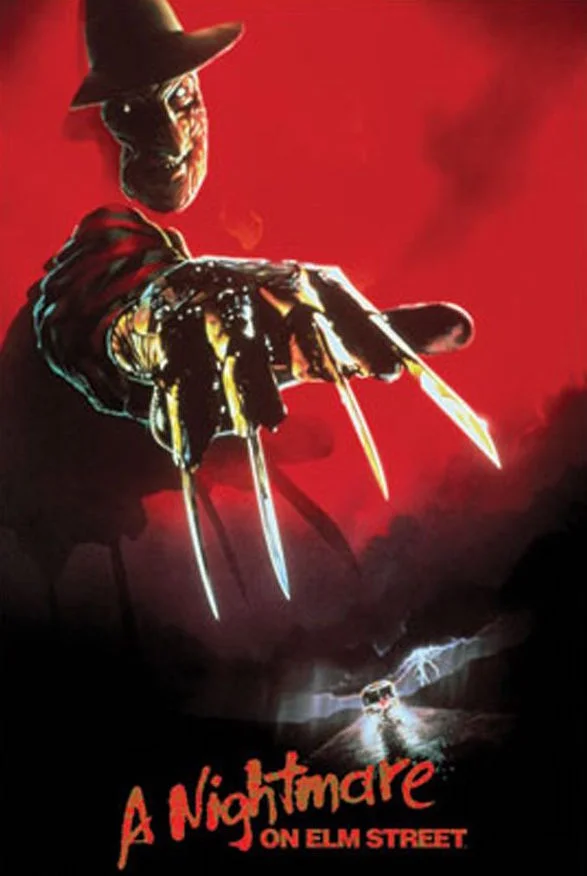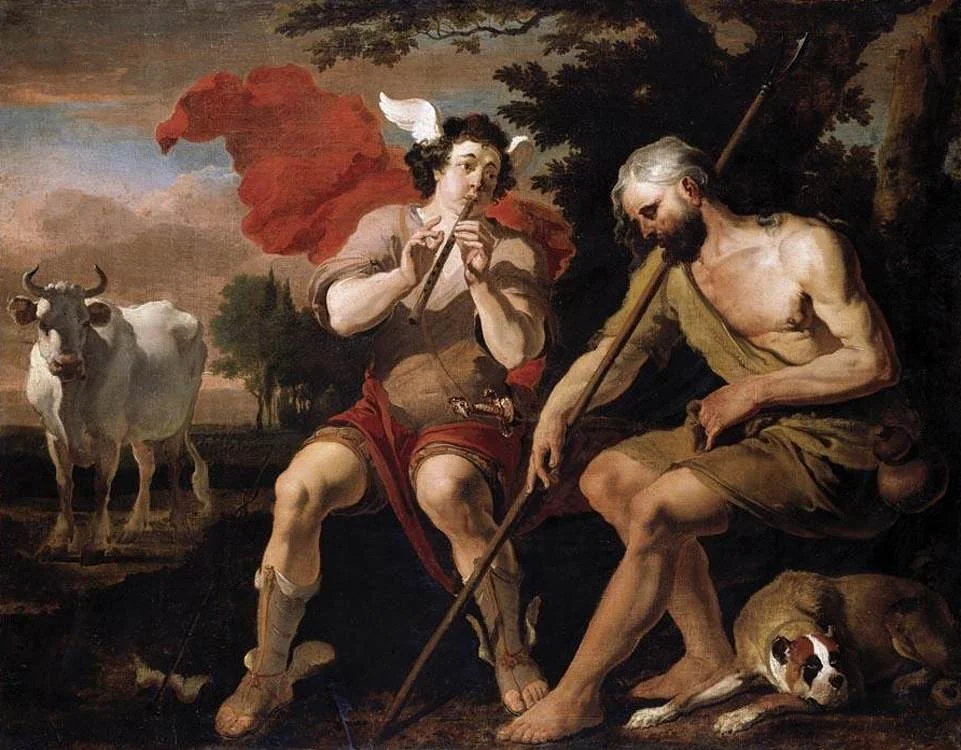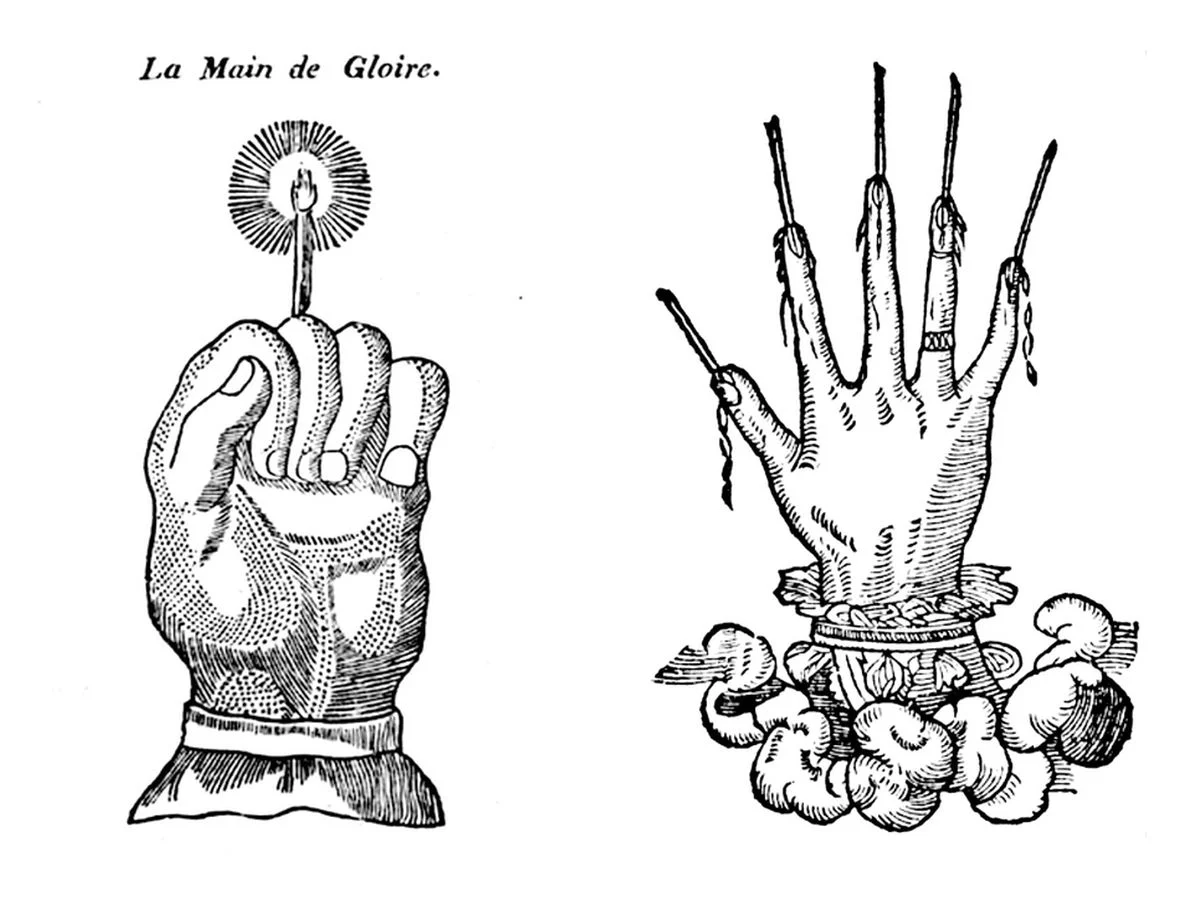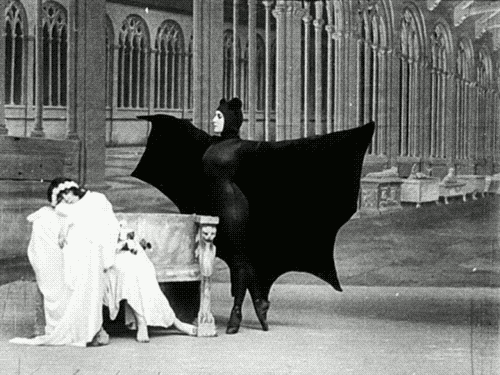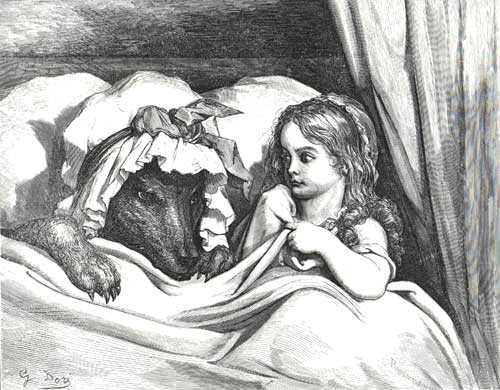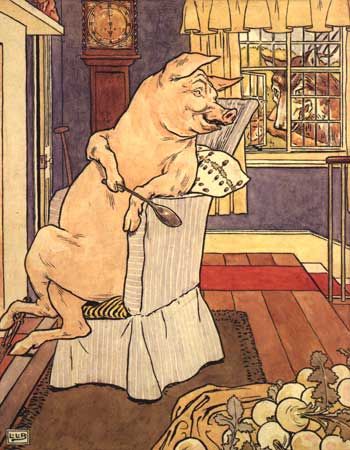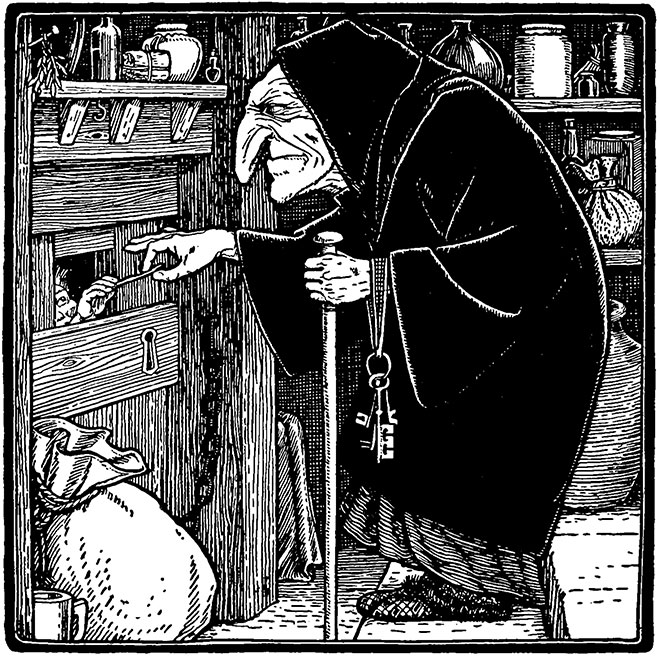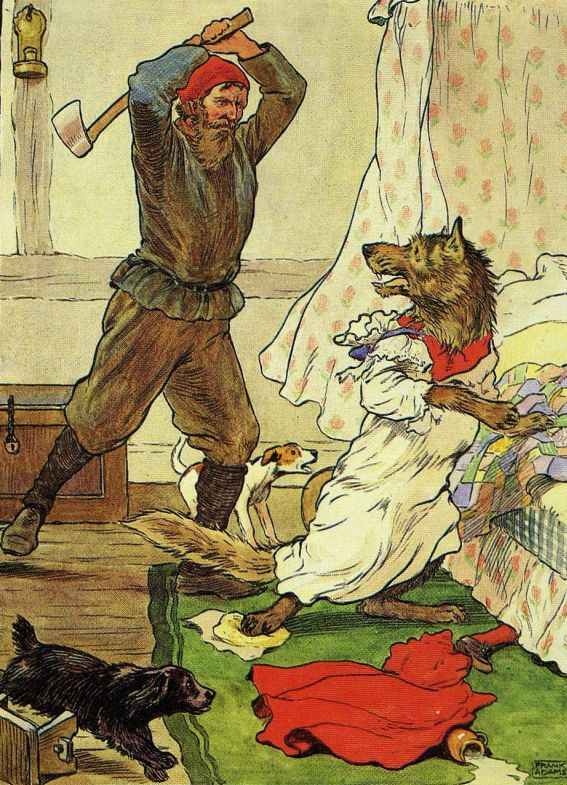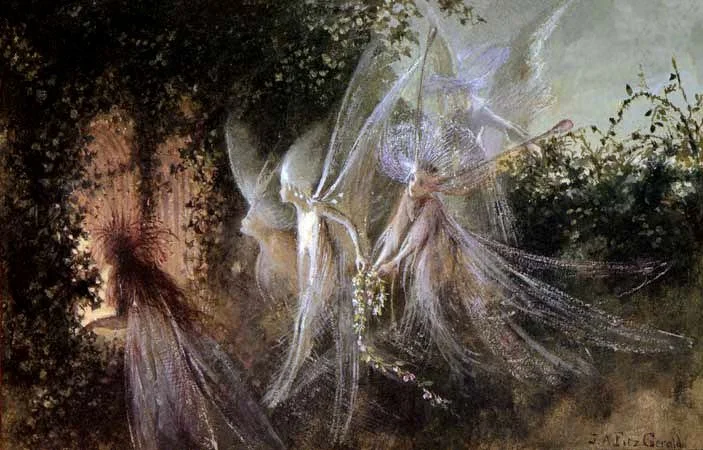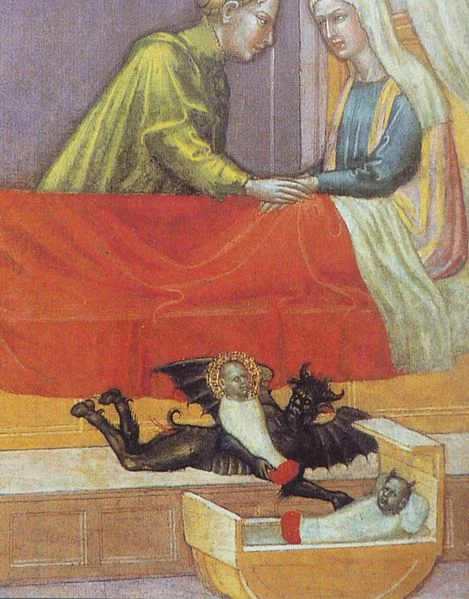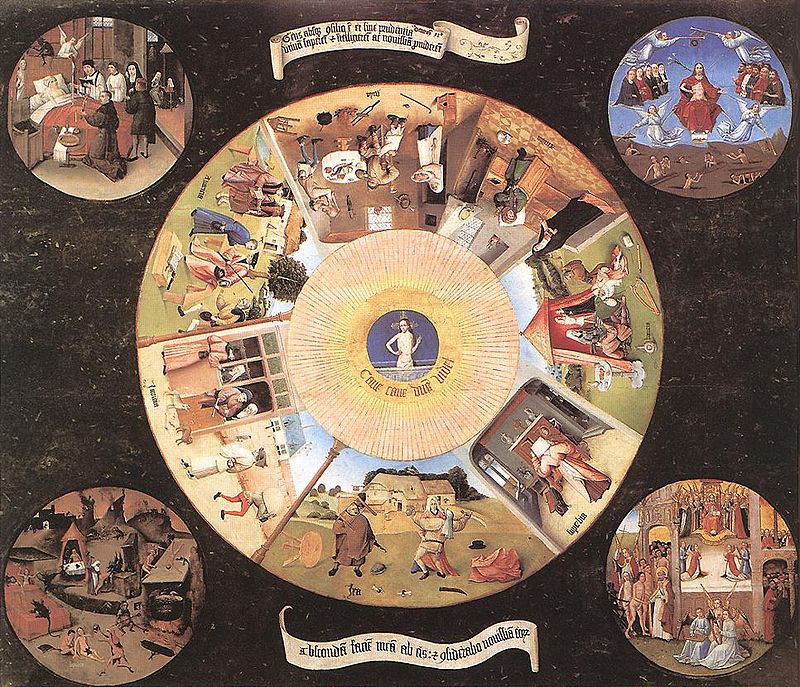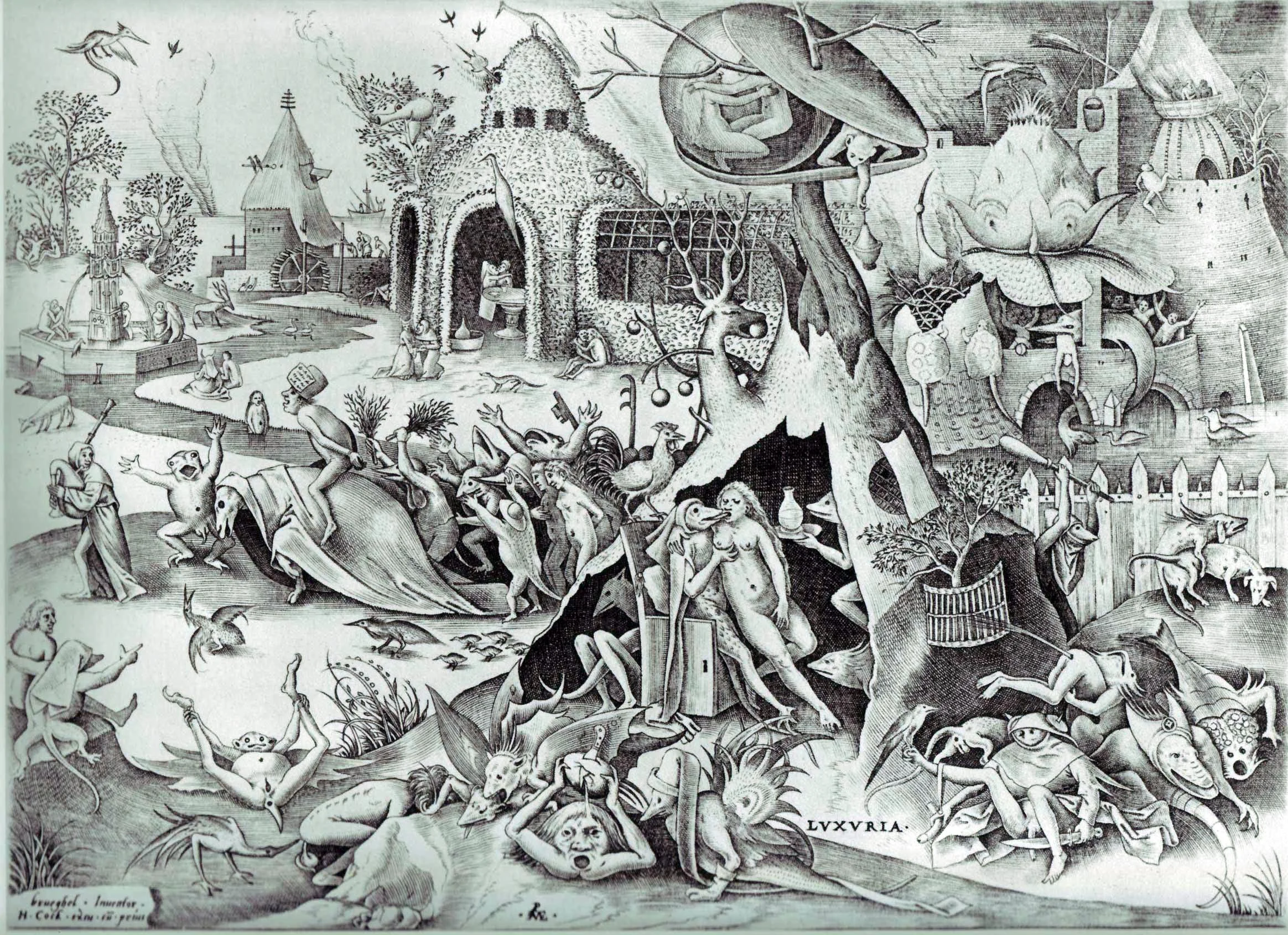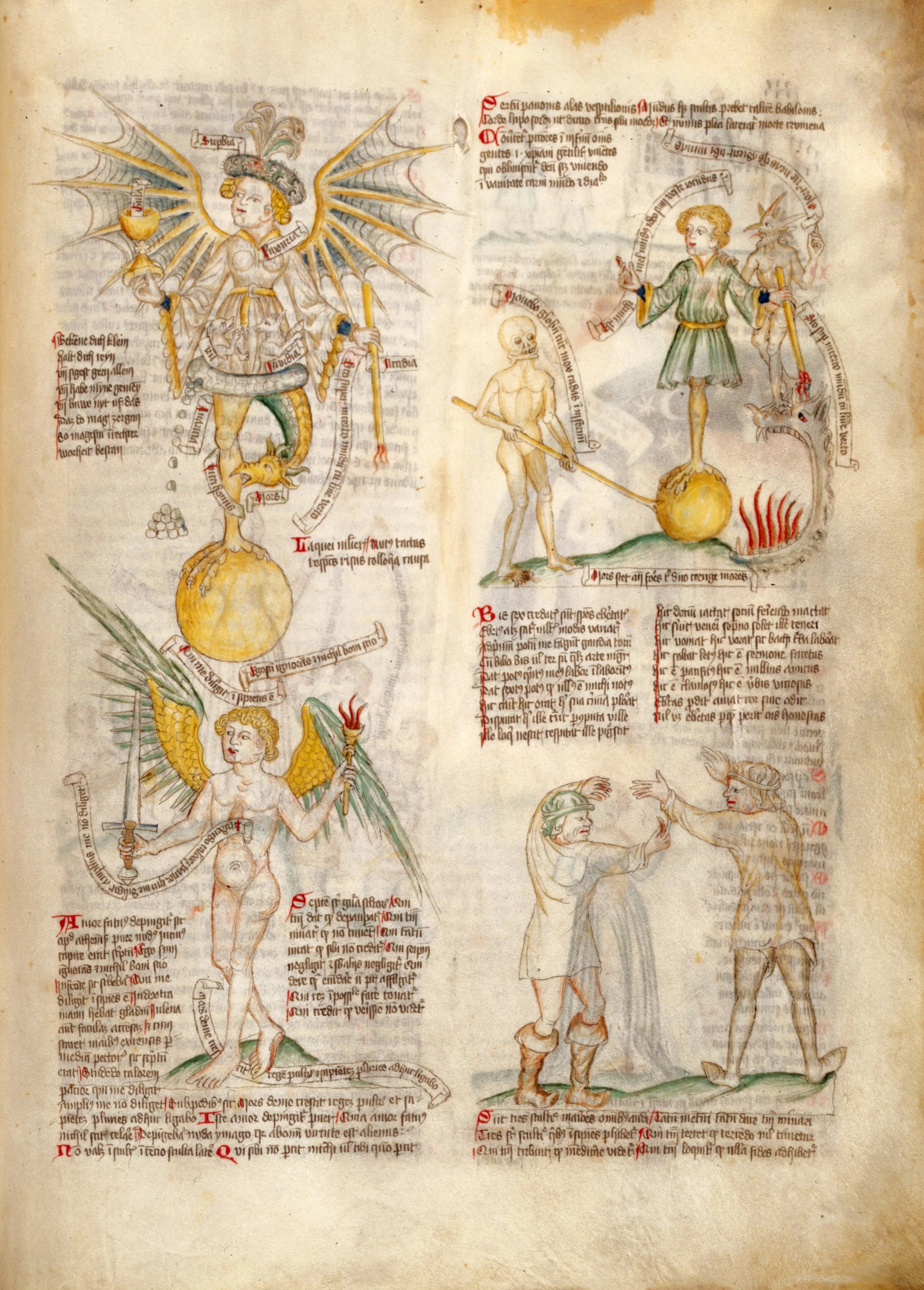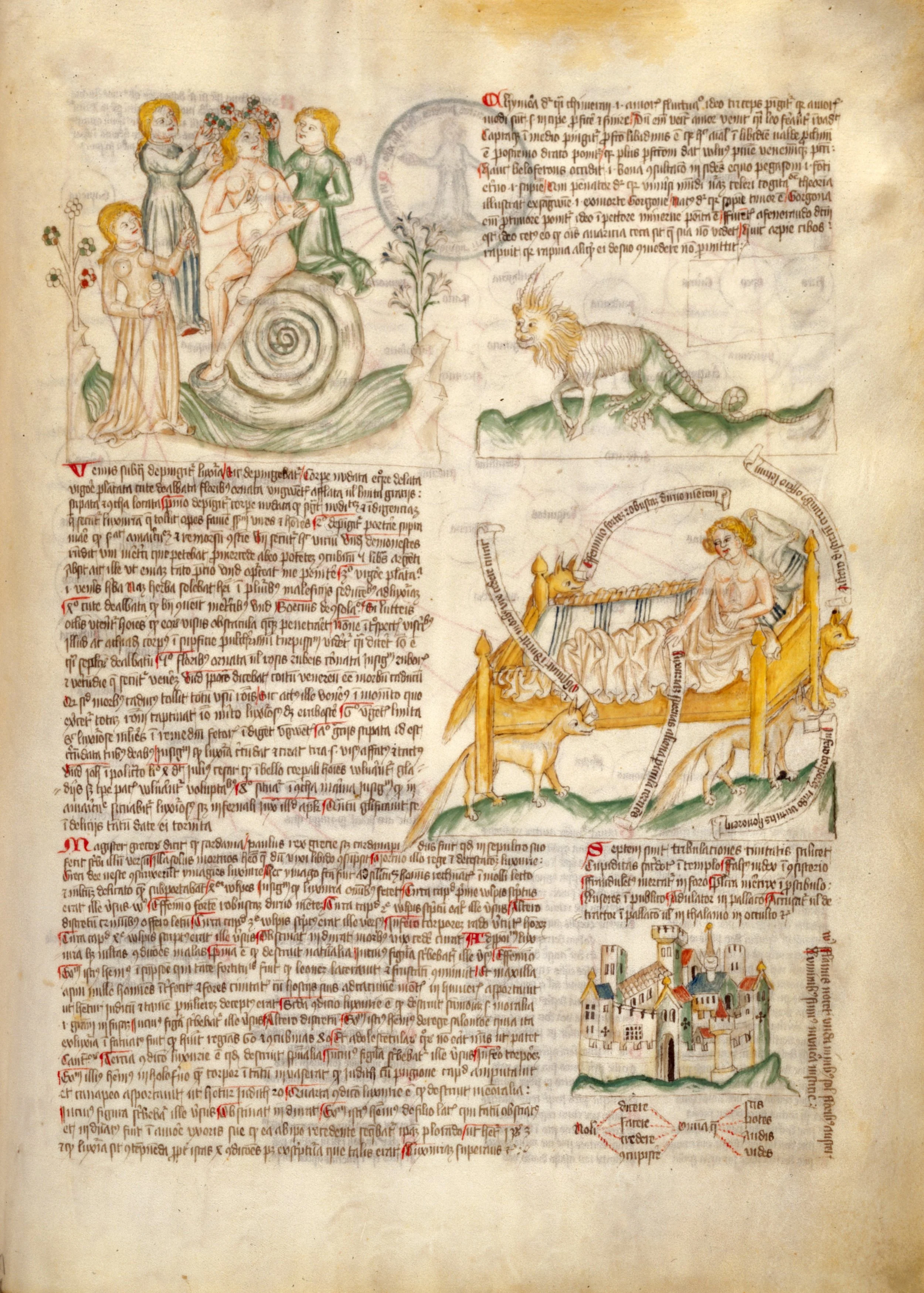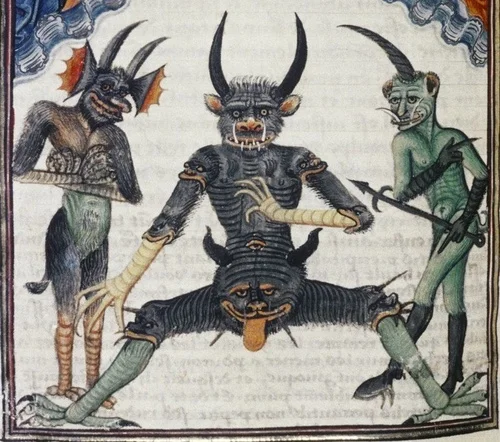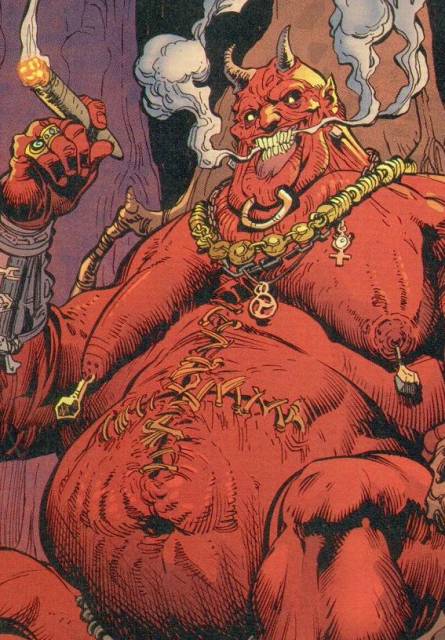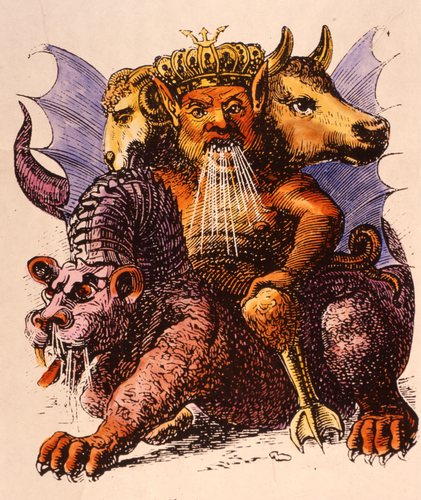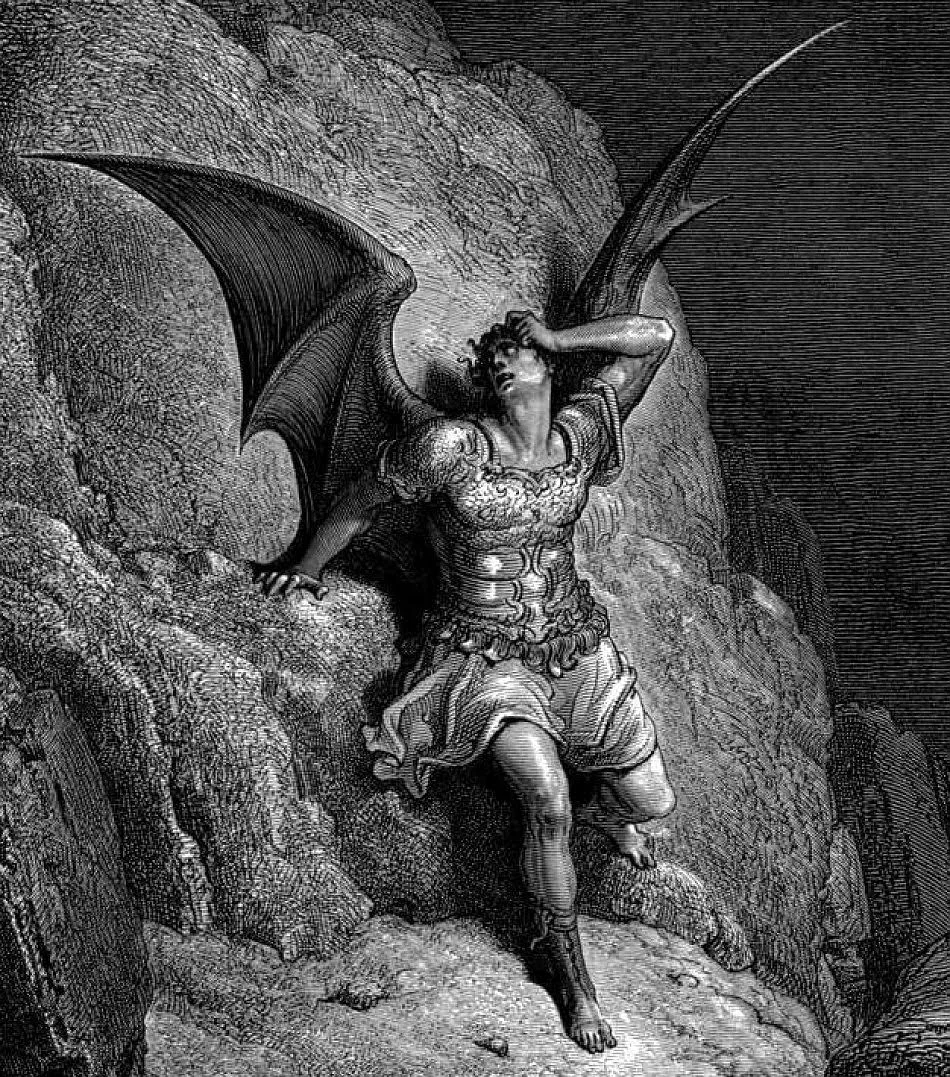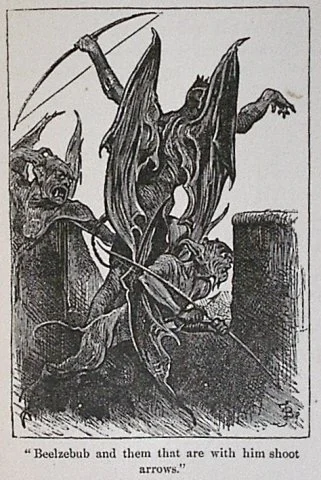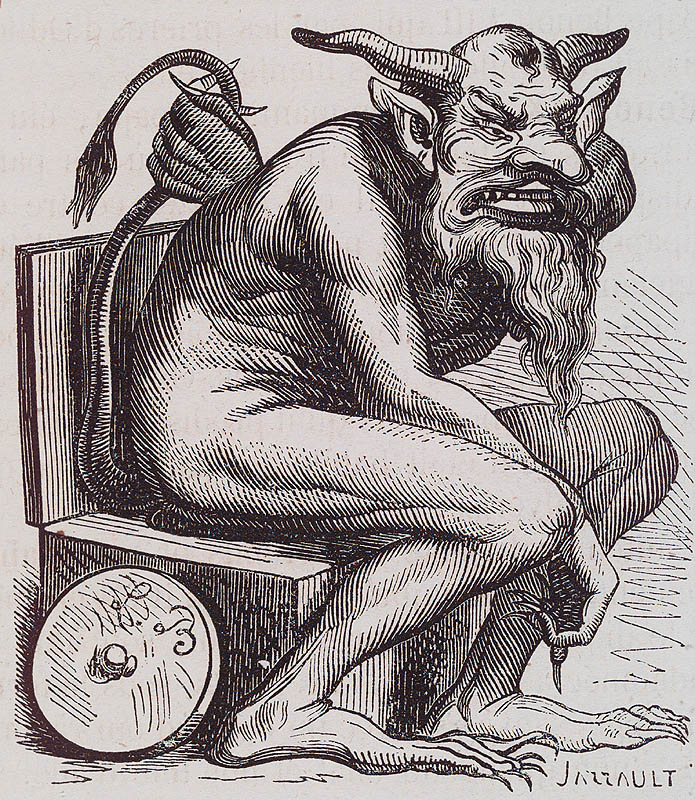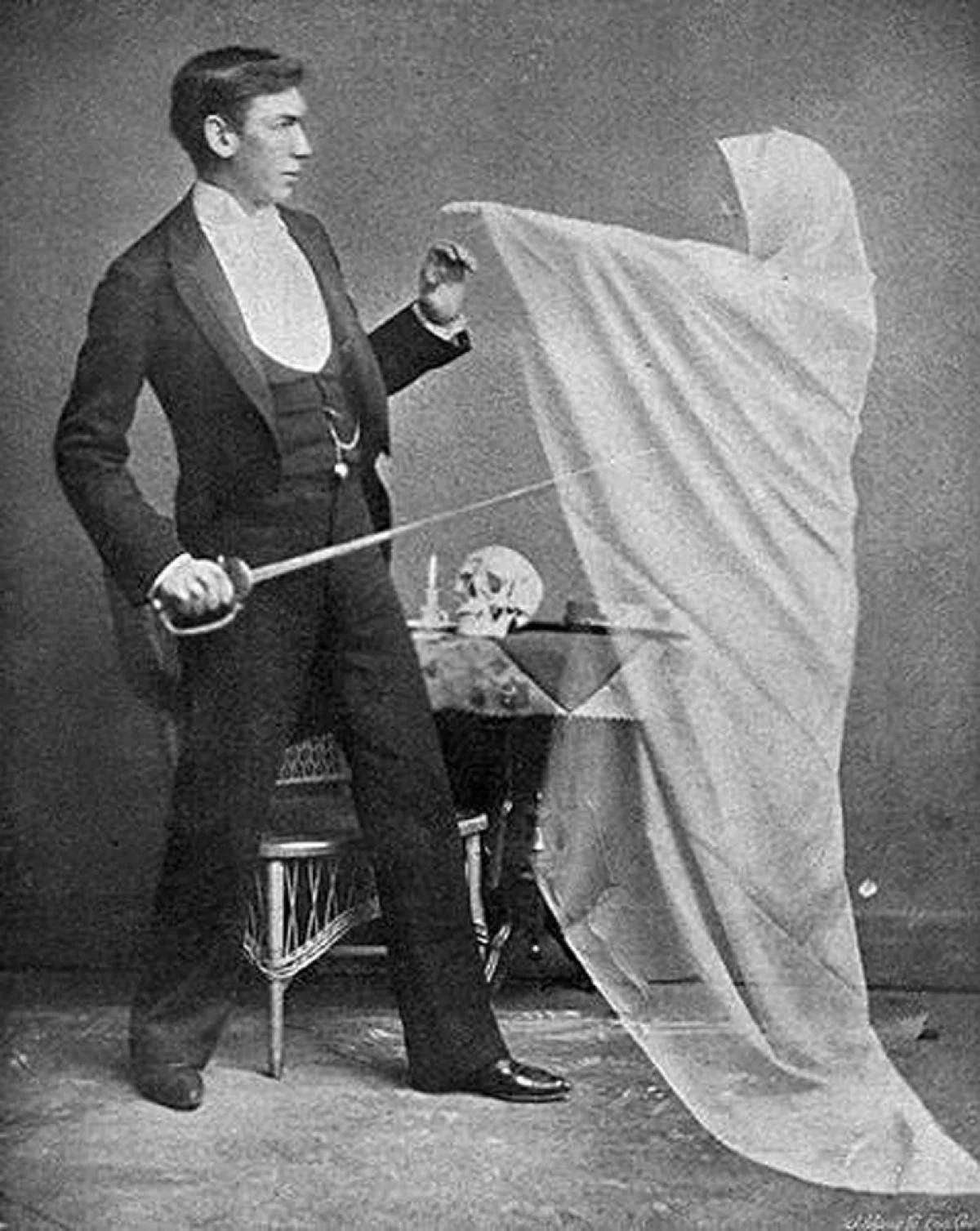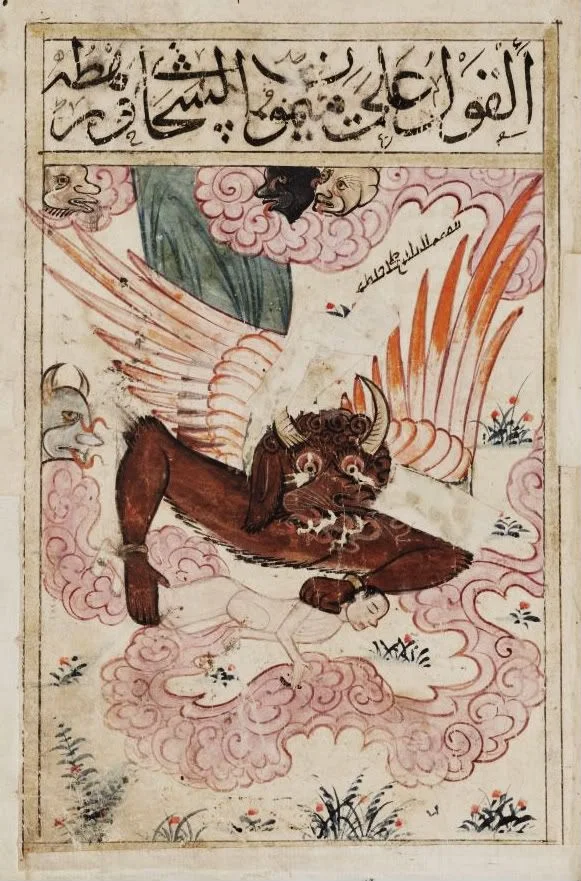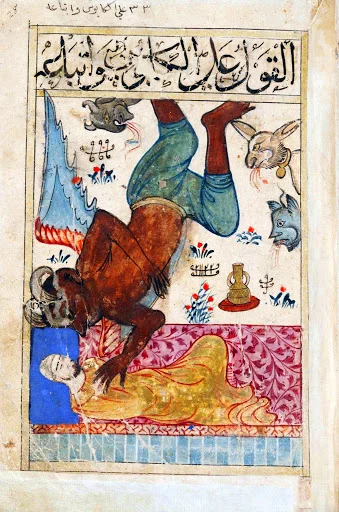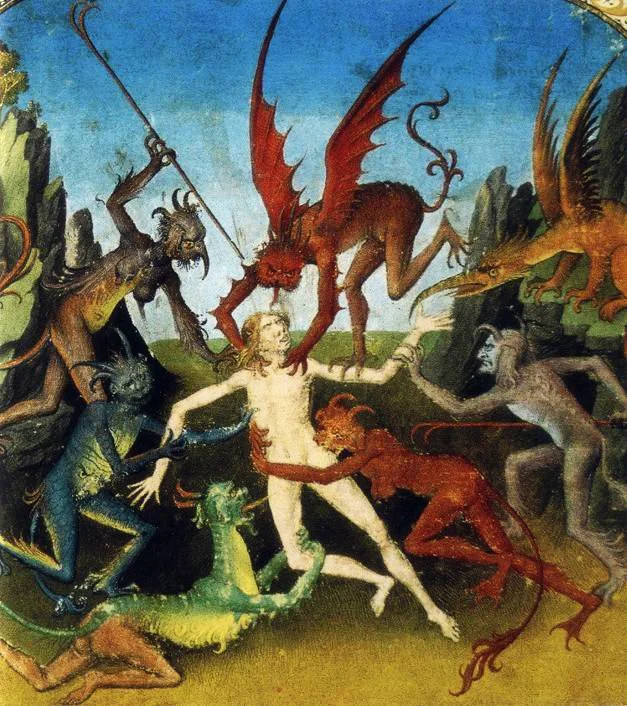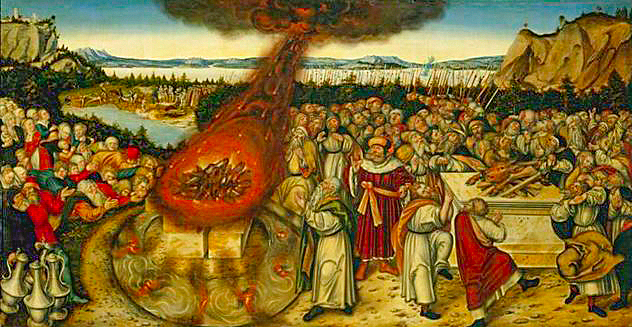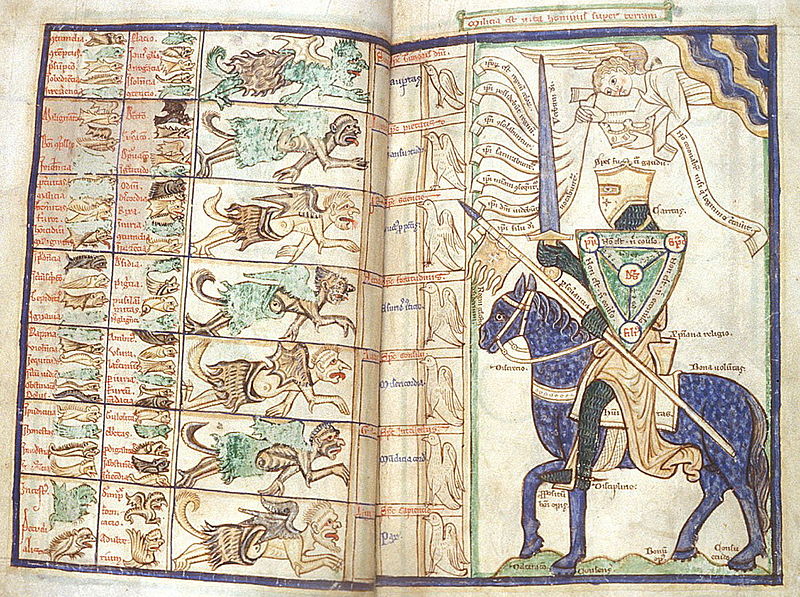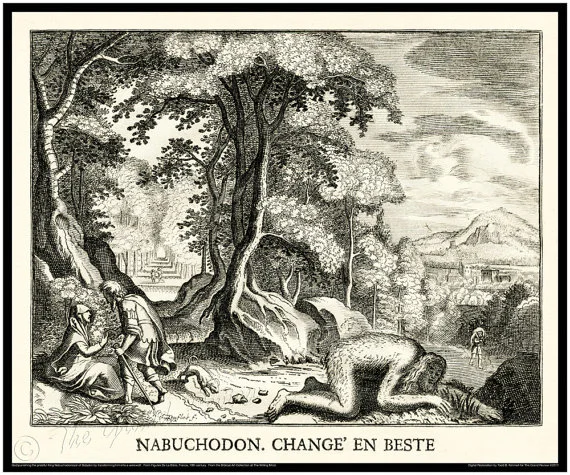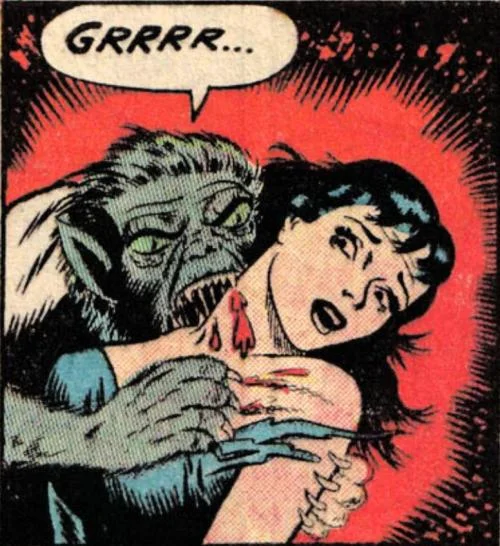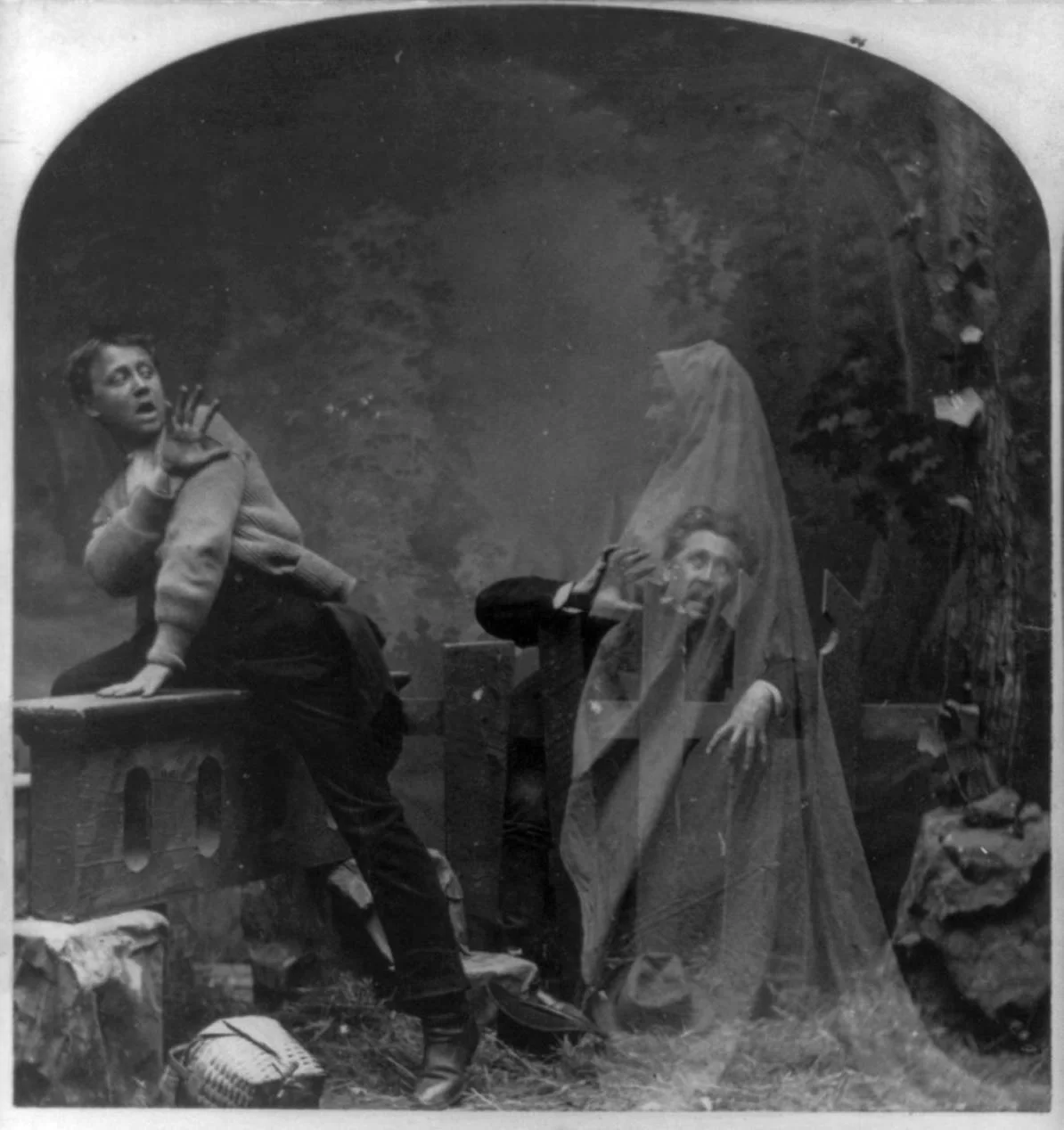The monsters of Supernatural, Season 3, Episodes 15 & 16 include Adam’s first wife and a Dartmouth urban legend.
To ensure his immortality, Doc Benton steals body parts from other people, and over the years has come to resemble Frankenstein’s monster
S3E15: “Time Is on My Side”
Monster: Doc Benton
Where it’s from: Moosilauke Ravine Lodge in the White Mountains of New Hampshire, owned and operated by Dartmouth College
Moosilauke Ravine Lodge in New Hampshire, where unsuspecting Dartmouth students stay — not knowing they could be the next victims of Doc Benton!
Description: On the show, Doc Benton is cobbled together from various people’s body parts, like Frankenstein’s monster.
What it does: Doc Benton is the star of a ghost story used to scare freshmen. He was an insane recluse who kidnapped a girl named Mary. Benton threw her off a cliff, and when locals examined her corpse, they noticed a scratch behind her ear and a red dot on her head. Doc Benton became obsessed with the idea of living forever, and figured out a way to do so by stealing the vital organs of healthy young specimens (like Dartmouth freshmen, for instance). He has beaten death for centuries now, and can continue to commit his sick surgeries for eternity.
Doc Benton has been stitched up numerous times over the centuries. Don’t go near him if you want to keep that kidney!
On Supernatural, a dead man’s fingerprints are all over a guy’s stomach, but only his liver was removed — surgically.
“Zombies do like the other other white meat,” Dean quips.
Another victim is missing his kidney. He’s sewn up with silk, which was used for sutures in the 18th century. And maggots are placed on the wound to eat infected tissue and leave the good — a startling practice still used today, if you can believe it.
The snarkiest of the Winchester Brothers, of course, has some great nicknames for Doc Benton: Slicey McHacky and Dr. Quinn, Zombie M.D.
Doc likes to set up shop in the middle of the woods near a river — a good place to dump intestines, fecal matter and whatnot.
Reading the mad doctor’s medical notes, the Winchester Brothers realize that he has discovered the secret to eternal life.
“Drink blood out of a baby’s skull?” Dean asks.
No black magic, Sam says. Just science.
Sammy gets kidnapped by Benton, who’s about to scoop out his eye with a Victorian-era melon baller. Eww!
How to defeat it: Doc Benton tells Dean and Sam that Daddy Winchester cut out his heart. “That was very inconvenient,” he adds.
You can’t run him over. And you can’t shoot him. “What part of immortality don’t you understand?” the phantom asks.
So they dip a knife in chloroform to knock out the not-so-good doctor and bury him alive.
This terra cotta carving from Mesopotamia is called The Queen of the Night and possibly depicts the demon Lilith
S3E16: “No Rest for the Wicked”
Monster: Lilith
Description: On the show, Lilith takes the incarnation of a little girl. It’s a solid choice and scores high marks on the creepiness scale. Especially when her dress is covered in blood cuz her pet Freckles was mean to her — along with the babysitter lying dead nearby.
Where it’s from: The Near East, especially in what is now Iraq
What it does: Lilith has been described as the most notorious demon in Jewish tradition. She was the first woman and was Adam’s wife before Eve. Lilith is particularly dangerous to pregnant women and newborns, and her breasts are filled with poison instead of milk.
Lilith was Adam’s first wife in Jewish lore. When she refused to be subservient to him, she was demonized, and Eve was created to take her place
Her name means “Night,” and she embodies all that goes along with that: terror, sensuality and unbridled freedom.
The Babylonian Talmud says, “It is forbidden for a man to sleep alone in a house, lest Lilith get hold of him.” That’s because Lilith fertilizes herself with unsuspecting men’s sperm to give birth to other demons. Some of us might be demon baby daddies and not even know it!
How to defeat it: This demon is best avoided. She’s one badass bitch: “Lilith would have peeled the meat from your pretty, pretty faces,” the Winchesters are told. That would’ve been a shame; they do have such pretty, pretty faces.
Sam and Dean get the demon-killing knife from Ruby, but she warns them that to Lilith it would be a mere “pig sticker.”
Dean can see demons’ true forms as his time on Earth nears its end. But how are they going to convince others that the child is a powerful demon? It’s not like they can sneak in, grab a 10-year-old girl and give her a Colombian necktie (a slash across the throat and the resulting bloodbath).
Dean has a deadline: At midnight his time is up — and sure, enough, once the clock strikes 12, he gets torn apart by hellhounds. Bad doggies! –Wally

